Change often comes unannounced. Drupal Community has been pioneering in making improvements in the features of Drupal 8 and bringing new ones onto the table. Drupal modules have seen some changes over the years and some new ones have thronged its platform too. So, what has changed and what are the top Drupal modules for 2018? This is the question both the digital marketers and developers are contemplating in this digital age.
DrupalCon Nashville 2018 had a session that walked through the best modules for 2018. “How many modules do I need?” was one of the questions it posed. You should play around new modules and maintain them from the beginning.
Modules give your Drupal website that extra lease of life by extending and customizing its features and capabilities. Instead of having all of the Drupal functionalities on your sites, you can choose what features you want for your site. How can content editors and developers benefit from best Drupal modules?
Drupal modules for content editors
Paragraphs
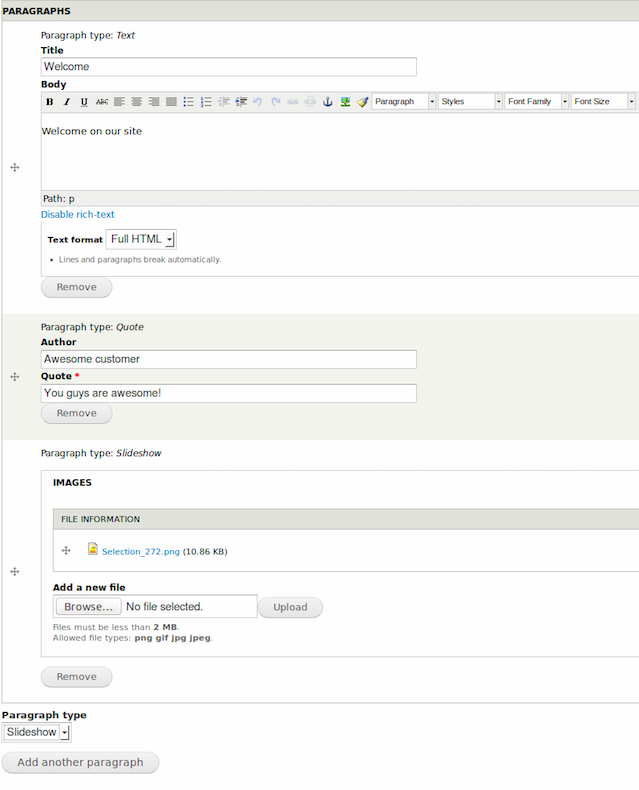
In your bucket list, paragraphs should be at the top. It gives you cleaner data structures so that you can give better editing experiences to the content author.
It lets you put together highly flexible content types with compound types. This gives structure to your content. You can select paragraph types from simple images to more intrinsic slideshows and edit them.
Pathauto
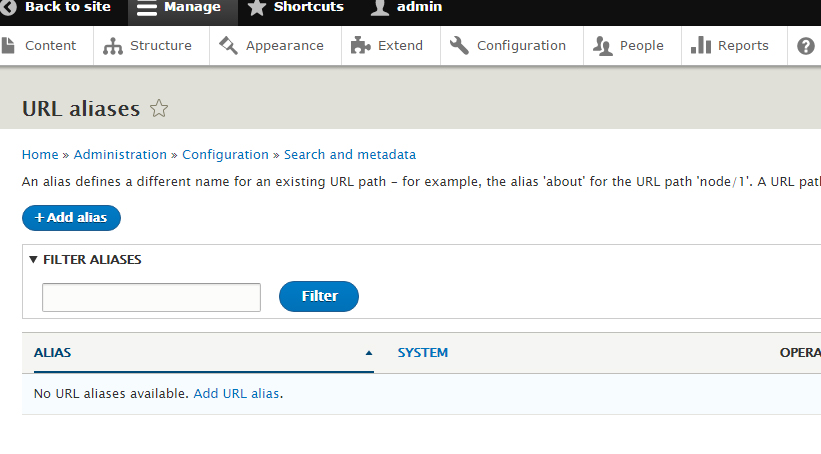
It can please any editor as it assists them in their efforts to boost search engine ranking of their website.
Pathauto automatically generates URL aliases as per your web page which is easy to remember. This, in turn, helps in maintaining proper SEO of your site. Thus, you can define patterns for each of the paths on your site in relation to specific content.
Admin Toolbar
Streamlining the governance of your site is very important. It speeds up the process of accessing all the administration pages.
By adding drop-down menus in your admin menu, it makes your administration page more user-friendly and responsive.
Linkit
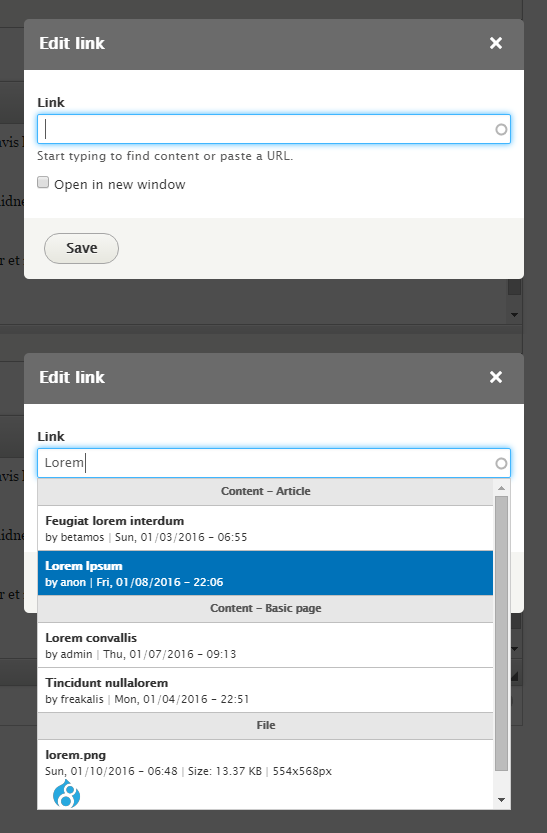
Content linking is one most of most important features that every ardent content builder requires.
Editors do not have to memorize the URLs to link it to a blog. It lets you add internal and external links with its easy-to-use user interface.
While hyperlinking, it also gives you the option of clicking on the checkbox for opening the link in another tab which is very useful from the reader’s perspective.
Field Group
Content producers find it extremely helpful. It gives you the liberty of grouping the fieldable entities together in vertical tabs, horizontal tabs, accordions, fieldsets or div wrappers.
Entity Browser
Entity browser comes handy when one needs to pick one or more entities and embed in the content. For instance, an author can use it to select entities like images and embed them into WYSIWYG editor.
CKeditor media embed
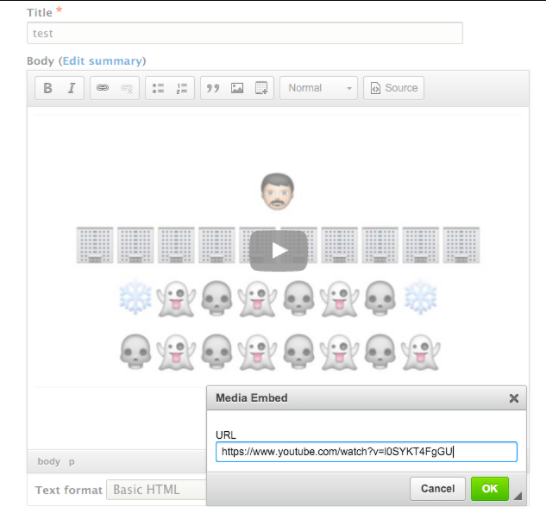
Enriching a content on your site is one of the primary tasks of the content authors.
It bolsters your articles by letting you embed videos, images or tweets from other content providers via CKEditor.
Blog
It is now a contributed module as it was removed from Drupal 8 core. Maintaining blogs on your site is easier than ever before. It adds a blogs navigation link to the main menu which takes the users to a page with recent blog posts.
Google Analytics
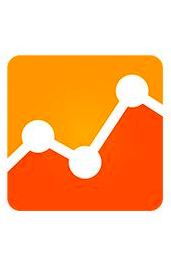
To curate and build content, you have to track who is visiting your site and what are they doing on it.
This module adds Google Analytics web statistics tracking system to track down site searches, users or pages. It also adds an administration interface right into your Drupal site to show the stats.
It also gives you graphical representations of statistics through Google Analytics Report module right in your administration interface.
Meta tag
Well, this is among the most popular ones among the content editors. Anything that gives impetus to improve your site’s SEO is really great.
It gives you search engine optimized page titles and descriptions.
Colorbox
It lets you use images within the texts without causing any distractions. Exhibiting images or an inline content on a Drupal site can be done by overlaying them above the current page.
Content Workflow
It simplifies the process of editing and reorganizing content on the site by categorizing its state such as the draft, published or unpublished.
Focal Point
Sometimes a situation arises when you have to focus on a particular portion of an image or the most important part of your image gets chopped off.
Focal Point helps you crop and scales the images which you are adding in your blog posts so that, for instance, it does not gets cropped due to limited space on the screen.
DropzoneJS
To make your work easier, it assists you in uploading files through drag and drop option and also shows you image previews.
External Links
While Linkit does its job in content linking, external links module can help you differentiate between internal and external links. For instance, it adds the external icon for outbound links or a mail icon for the mailto: link in the call to action.
Slick Carousel
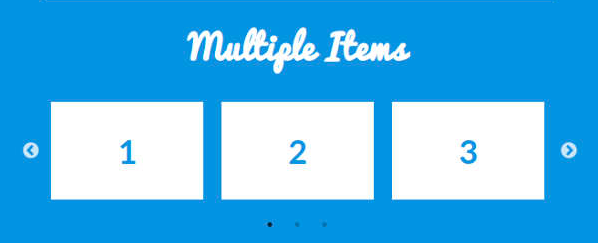
It is a scalable and responsive module which acts as a powerful slideshow/carousel solution.
With its easy navigation features like mouse dragging or swipes, it is of pharaonic help.
It lets you create superb slideshow/carousel contents with a lot of text, image or video in it.
Scheduler

Content editors often require an ability to publish or unpublish a blog post on the site at their own convenience.
The scheduler allows them to choose date and time to post an article on the site on a specific date and time. If a certain article is rendered no longer relevant due to some reasons, they can also unpublish it.
Moreover, while scheduling the publishing date, you can either use the calendar popup or write it in a plain text.
Honeypot

The honeypot is efficacious against spam bots as it stops them from completing the forms on your site and is also not intrusive like CAPTCHAs.
Mailsystem
It helps in setting up themes and templates for the emails to be sent. Also, it lets you send newsletters to the subscribers.
ShareThis
Reaching out to the customers and retaining them is one of the most important parts of any editor’s strategic clout. Social media becomes very potent in this matter.
ShareThis provides social sharing button that helps a user to share the blogs on your site on various social media platforms.
Page Manager
This supports building new pages and placing blocks within those pages.
It also implements the functionality of Panels module. It allows content editors to use its drag and drop feature to customize and design a layout of the page.
UI Patterns
This lets you incorporate atomic design into your content.
It comes with a bunch of six modules to standardize your website creation process by allowing you to set UI patterns as Drupal plugins. These can be used as drop-in templates for views, field groups, or any other entity types.
Drupal Modules For Developers
Drupal Commerce

It is stupendous for creating e-commerce sites and its applications. With a complete revamp of its model for Drupal 8, it now lets you customize the module as per the client’s needs and preferences.
Component Libraries
Twig files for pages, fields, nodes, and blocks that sits in templates directory is referenced using Component Libraries.
Geolocation Field
It gives developers a dynamic way of storing geographical locations in the form of latitude and longitude. It can be used with entities like users, taxonomy terms, or the comments.
Devel
It accentuates pace of development of the site by quickly generating users, nodes or taxonomy terms.
Numerous sub-modules are a part of Devel. For instance, WebProfiler provides you an exact picture of how your website is working and how to debug it if something goes wrong. It lets you know how many queries and requests were made, number of times cache was being consulted, and the number of cache hits and misses.
Another submodule, Devel Generate, produces example data which helps in testing.
Also, Devel’s Drush integration gives you the option of using command line instead of Web UI.
Search API
This provides a flexible framework for customizing and extending the process of searching any entities using any search engine.
Configuration split
With this, developers can customize the way Drupal 8 configurations are handled.
They can alter the configurations on the live site without hampering configuration management workflow. They can decide which of the configuration part needs to be exported to different directories that merge automatically when imported.
Deploy
To deploy content from one site to another, this makes it possible to efficiently stage and preview the content to be deployed on the Drupal site.
JSON API
Formatting your JSON requests and responses and assuring its compliance with JSON API Specification is done by this module. It lets you implement the front end with the help of front-end platform like React and takes care of setting up Drupal as a backend.
Schema.org Metatag
This extends the functionality of Metatag module and displays structured data as JSON LD which improves your SEO and helps Google display your pages.
Webform
Integrating forms into your Drupal site is faster than ever before.
Creating, publishing and duplicating forms are done using Webform. It also assists in handling and downloading submissions and send confirmations to users.
BigPipe
It performs BigPipe caching which was introduced by Facebook. It first sends the cacheable components of the page and then the dynamic uncacheable parts to speed up the loading of pages. Thus, faster page loads make online visitors stay longer on your site.
Simple XML Sitemap
To have better SEO for your sites, you need automatic XML sitemap generator.
Simple XML Sitemap produces sitemaps as per the new Google standards for the multilingual content.
Stage File Proxy
To place your production files on the development server on demand, Stage File Proxy provides you a tremendous solution.
It sends requests to the development server and makes a copy of it on your development site.
Features
It lets you transfer the configurations of your website to another website.
It gives you a UI and API for taking components of your site from modules with exportables and put them together.
Conclusion
Drupal modules help in extending and customizing the site’s functionalities. Every now and then focus on specific modules gains currency and takes center stage.
There is a clear dichotomy of views on what can be best modules in 2018. Some of the top ones are mentioned in this blog.
What are your top choices for both content editors and developers? Don’t tie yourself up in knots and gravitate to better features for your Drupal site.
Reach us out at [email protected] and our development team will help you understand what modules are great for your site.
Subscribe
Related Blogs
Inside the Drupal AI Summit: Themes, Speaker and What To Expect

“ The web is changing fast, and AI is rewriting the rules. It writes content, builds pages, and answers questions directly,…
FOST and Drupal AI Initiative: Next Era of Responsible AI

Three years after the launch of generative AI tools marked a new age for artificial intelligence, almost 90% of survey…
Drupal AI Ecosystem Part 5: AI Content Suggestions

Drupal has steadily evolved from being just a content management system into a flexible platform that incorporates emerging…




